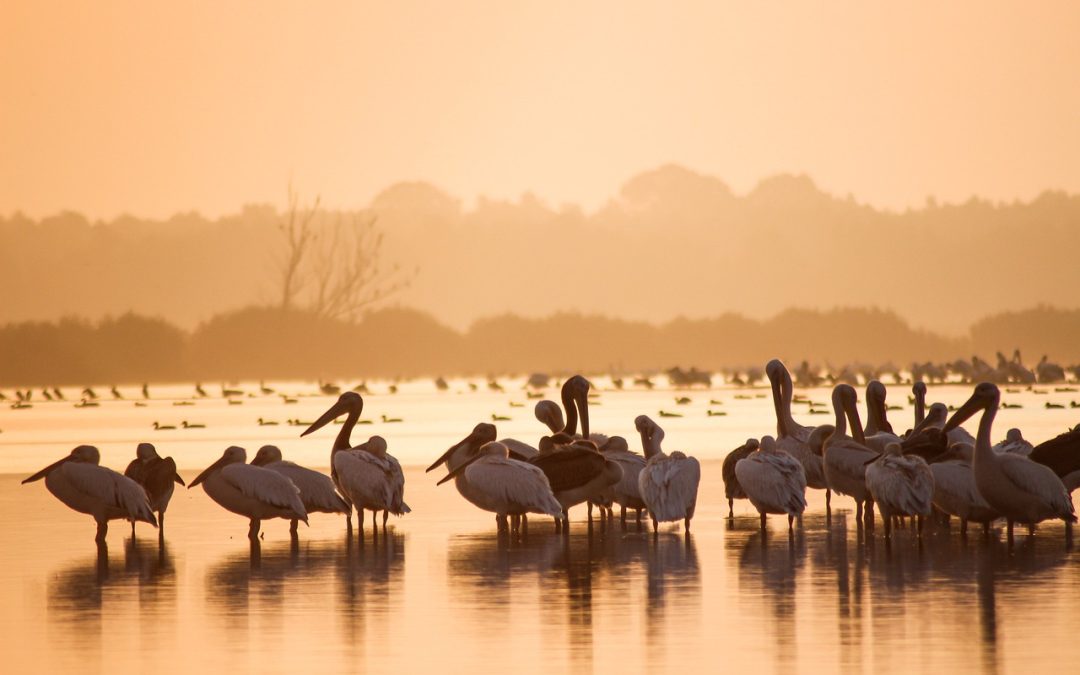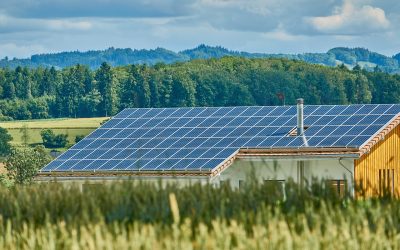Imagine a world where untouched wilderness and thriving ecosystems are increasingly scarce. With human expansion and industrialization threatening the delicate balance of nature, it is crucial that we take steps to preserve these natural habitats. By safeguarding these spaces, we not only protect thousands of species that call them home, but also ensure the sustainability and health of our planet for generations to come. In this article, we will explore the importance of preserving natural habitats and the positive impact it can have on our environment.
Preserves Natural Habitats
Natural habitats are incredibly diverse and important ecosystems that provide a home for numerous plant and animal species. Preserving these habitats is crucial for both ecological and human well-being. By protecting and conserving natural habitats, we can ensure the survival of countless species, maintain biodiversity, and safeguard ecosystem services that are vital for our own survival. In this article, we will explore the importance of preserving natural habitats, the threats they face, and the various strategies and efforts in place to conserve them.
Importance of Preserving Natural Habitats
Preserving natural habitats is of utmost importance due to the multitude of benefits they provide. From an ecological standpoint, natural habitats serve as homes for a wide range of species, including many endangered and threatened ones. By preserving these habitats, we are ensuring the survival of these species and maintaining biodiversity. Biodiversity is essential for the overall health and resilience of ecosystems, as each species plays a unique role in maintaining the balance of nature.
Additionally, natural habitats offer invaluable ecosystem services that directly or indirectly benefit humans. These services include clean air and water, nutrient cycling, pollination, and natural pest control. For example, forests act as carbon sinks, helping mitigate climate change by absorbing and storing carbon dioxide from the atmosphere. Wetlands serve as natural water filters, cleansing and purifying water before it reaches rivers and streams. Preserving natural habitats is therefore crucial in preventing environmental degradation and ensuring a sustainable future for both wildlife and human communities.
Threats to Natural Habitats
Unfortunately, natural habitats around the world are facing numerous threats, many of which are anthropogenic or human-induced. Habitat destruction and fragmentation are among the most significant threats to natural habitats. Activities such as deforestation, urbanization, and agricultural expansion lead to the destruction and fragmentation of habitats, displacing wildlife and reducing their chances of survival.
The introduction of invasive species is another major threat to natural habitats. Invasive species, often introduced unintentionally by human activities, outcompete native species for resources and disrupt the delicate balance of ecosystems. They can cause ecological imbalances, negatively impacting biodiversity and the overall functioning of natural habitats.
Climate change also poses a significant threat to natural habitats. Rising temperatures, changing rainfall patterns, and extreme weather events can alter habitats and affect the distribution and survival of species. As habitats change, many species may struggle to adapt or find suitable conditions, leading to population declines or even extinctions.
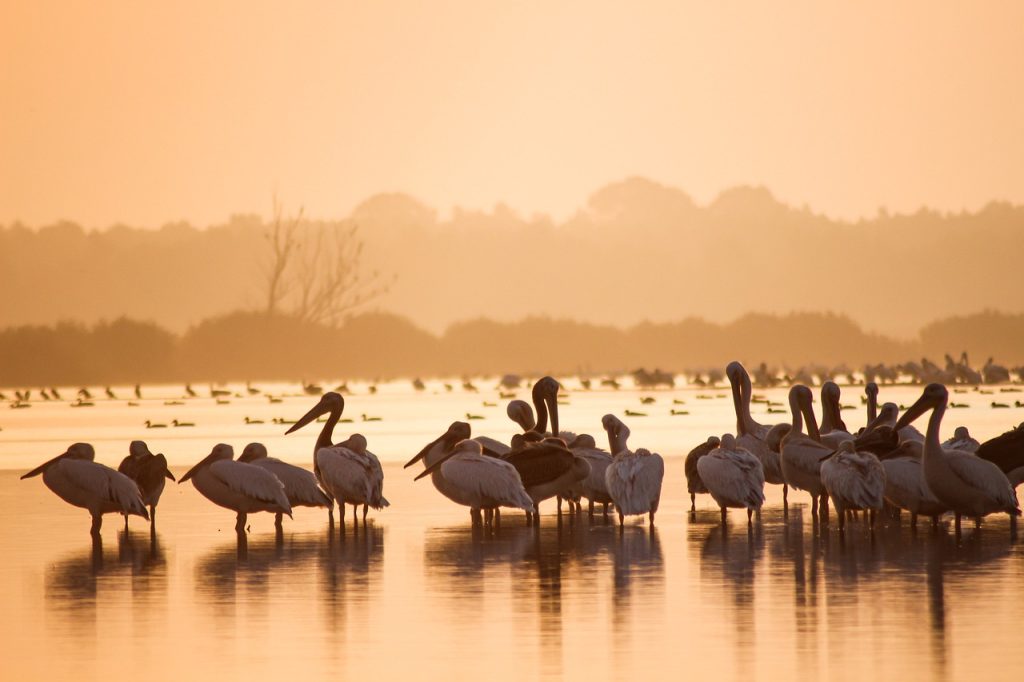
Conservation Strategies
To address the threats facing natural habitats, various conservation strategies and efforts have been implemented worldwide. These strategies aim to protect and restore natural habitats, enhance biodiversity, and promote sustainable land and resource management practices.
Protected Areas and Wildlife Reserves
Creating protected areas and wildlife reserves is an essential conservation strategy. These designated areas aim to safeguard critical habitats and provide refuge for numerous plant and animal species. Protected areas can range from national parks and wildlife reserves to community-managed conservation areas.
While protected areas are crucial, their effectiveness may vary depending on factors such as management, enforcement, and funding. Adequate resources and support are necessary to ensure the long-term success of protected areas in preserving natural habitats.
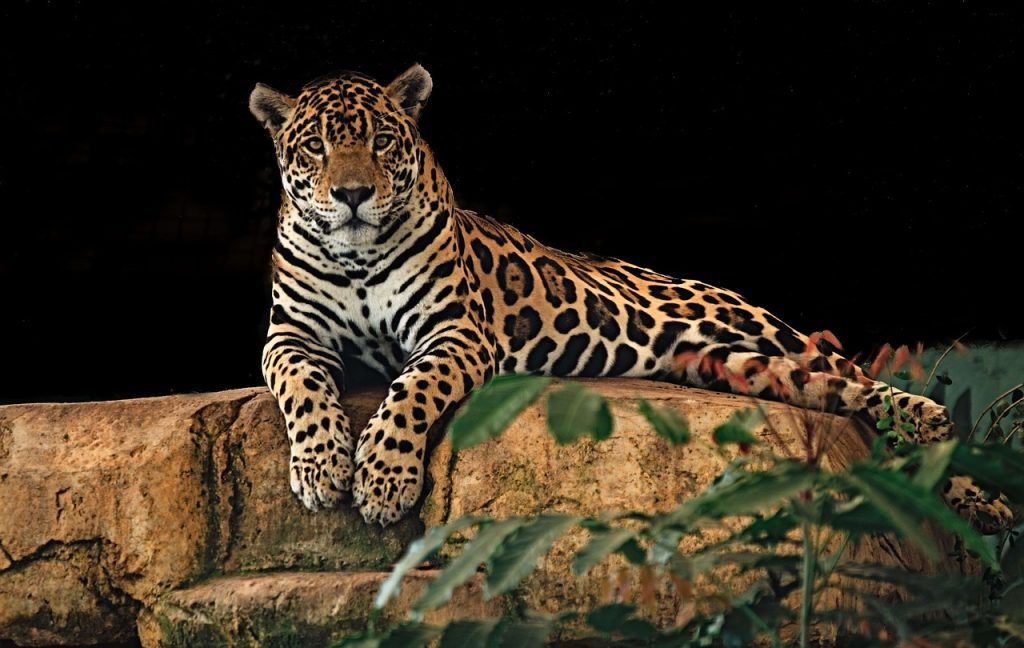
Reforestation and Habitat Restoration
Reforestation and habitat restoration play a vital role in preserving and renewing natural habitats. Reforestation involves the planting of trees in areas that have been deforested or degraded. This helps restore forest ecosystems, providing habitat for a wide range of species and contributing to carbon sequestration.
Habitat restoration efforts aim to recreate or rehabilitate habitats that have been damaged or destroyed. This involves the removal of invasive species, the reintroduction of native species, and the rehabilitation of ecosystems to their original state. By restoring habitats, we can reverse the negative impacts of human activities and promote biodiversity conservation.
Invasive Species Management
Efforts to manage invasive species are essential in preserving natural habitats. Invasive species management involves the control, removal, or eradication of non-native species that threaten native biodiversity. This may include manual removal, biological control methods, or the use of targeted herbicides. By managing and preventing the spread of invasive species, we can protect native species and ensure the integrity of natural habitats.
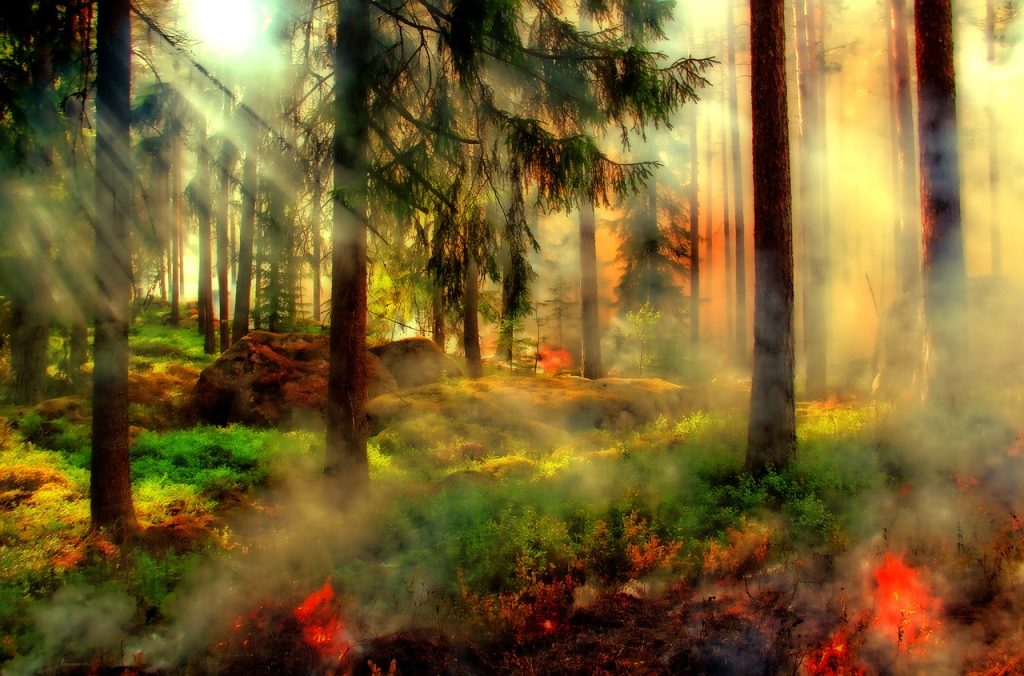
Urban Planning and Green Spaces
Urban planning plays a crucial role in preserving natural habitats in urban areas. Incorporating green spaces into urban planning can provide valuable habitats for wildlife amidst the concrete jungle. Parks, nature reserves, and green rooftops can provide refuge for local flora and fauna, as well as opportunities for people to reconnect with nature. Additionally, urban planning can prioritize the protection and preservation of existing natural habitats during development projects.
Sustainable Agriculture and Land Use
Adopting sustainable agriculture and land use practices is essential in preserving natural habitats. Unsustainable land clearing for agriculture and livestock farming contributes to the destruction of natural habitats. However, sustainable farming practices such as organic farming, agroforestry, and regenerative agriculture can help minimize the negative impacts on habitats. These practices promote soil health, biodiversity, and habitat conservation while ensuring food security and sustainable livelihoods.
International Cooperation and Conservation Efforts
Preserving natural habitats requires international cooperation and collaboration. Many species and habitats span across political boundaries, necessitating transboundary conservation efforts. International organizations, such as the United Nations and conservation NGOs, work together to develop policies and initiatives that promote habitat preservation and biodiversity conservation on a global scale. Through international cooperation, we can share resources, knowledge, and best practices to effectively protect and conserve natural habitats worldwide.
The Role of Individuals in Preserving Natural Habitats
While international cooperation and conservation efforts are crucial, individual actions also play a significant role in preserving natural habitats. As individuals, we can make a difference by adopting sustainable practices in our daily lives. This can include reducing our ecological footprint by conserving water and energy, supporting sustainable products and services, and advocating for policies that prioritize habitat preservation and biodiversity conservation.
Additionally, individuals can contribute directly to habitat preservation by participating in citizen science projects, volunteering for habitat restoration activities, or supporting local conservation organizations. By taking an active role in preserving natural habitats, we can contribute to the collective effort of protecting and sustaining the incredible diversity of life on our planet.
In conclusion, the preservation of natural habitats is crucial for the well-being of both ecosystems and human communities. By recognizing the importance of these habitats, understanding the threats they face, and implementing effective conservation strategies, we can ensure the survival of countless species, maintain biodiversity, and safeguard ecosystem services. Whether it’s through the establishment of protected areas, habitat restoration efforts, invasive species management, sustainable land use, or individual actions, each contribution brings us closer to a future where natural habitats thrive and coexist with the human society.

